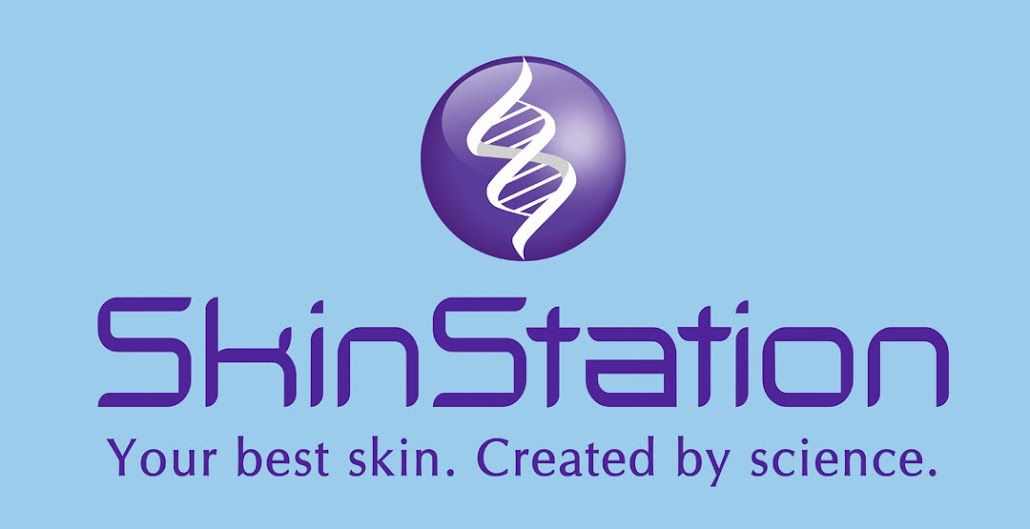Between
75% and 90% of women develop some degree of stretch marks during pregnancy. The
rapid weight gain during pregnancy subjects skin to more stretching force than
it can handle. Stretch marks usually appear during the sixth or seventh month,
as that is when a quick increase in weight is experienced. Stretch marks may
also occur during puberty and in transsexuals undergoing hormonal replacement
therapy.
Cause. Stretching alone is not
the cause. The glucocortinoid hormone has been identified as responsible for
the development of stretch marks. It prevents the formation of collagen and
elastin fibers necessary to keep rapidly growing skin taut. This creates a lack
of supportive material, as the skin is stretched and leads to dermal and
epidermal tearing.
Prevention. Can cocoa butter
prevent stretch marks? A study on the popular ingredient produced no
significant difference between those who applied cocoa butter cream and those
given placebo. The clinical trial was done on 300 women, randomized, placebo-controlled
and double-blind. There maybe hope in creams containing Centella asiatica (Gotu kola) extract and vitamin E. A randomized controlled
study found a daily application of the cream produced fewer stretch marks
during pregnancy. Another
study on a cream containing vitamin E, panthenol, hyaluronic acid, elastin and
menthol showed similar stretch marks prevention activity.
Removal. There are various
treatments being offered claiming to improve the appearance of stretch marks,
including creams & oils, micro-needling, and fractional laser treatments.
Many cream manufacturers claim having the best results especially on recent
stretch marks; however, few studies exist to support claims that these topical
treatments can cause statistically significant improvement.
Micro-needling
(dermaroller) and fractional (non-ablative) laser resurfacing treatment are
similar in their approach: they trigger the body’s natural ability to heal
itself and produce collagen and elastin. They both create microscopic wounds,
but the laser option produces faster and better results. Micro-needling may
require 8 to 10 sessions; fractional laser, 5 to 6 sessions, with improvement
of up to 75% reported.
 Fractional
laser, with the advantage of faster healing, has replaced the ablative laser
approach. Many fractional laser manufacturers have collaborated with various
clinics for their clinical studies, all reporting good results with erbium and
CO2 fractional lasers. The USFDA has approved a fractional laser brand for
stretch marks removal, giving credibility to the results of these clinical
trials. A novel approach to fractional laser treatment is the addition of hyaluronic acid and vitamin C serum to
the procedure. This has resulted in significant improvement versus the modality
of laser alone.
Fractional
laser, with the advantage of faster healing, has replaced the ablative laser
approach. Many fractional laser manufacturers have collaborated with various
clinics for their clinical studies, all reporting good results with erbium and
CO2 fractional lasers. The USFDA has approved a fractional laser brand for
stretch marks removal, giving credibility to the results of these clinical
trials. A novel approach to fractional laser treatment is the addition of hyaluronic acid and vitamin C serum to
the procedure. This has resulted in significant improvement versus the modality
of laser alone.
Bottomline. Stretch marks are difficult
to prevent, much more difficult to treat. In fact, stretch marks are permanent
breaks in the skin and improvement in appearance is the best that can be hoped
for. Creams may work in prevention, but they cannot be relied upon for cure.
What will work are the more expensive procedures. Fractional laser resurfacing
appears to be the best option, with assistance by serum that helps boost
collagen production.
______________________________________________________________________________________This column was published on May 1, 2012 in the Lifestyle Section of the Manila Bulletin. The author is the CEO of SkinStation. He received the 2011
Outstanding Chemist Award from Professional Regulations Commission for his
achievements in the field of cosmetic chemistry. He can be reached at fred.reyes@skinstation.ph.















